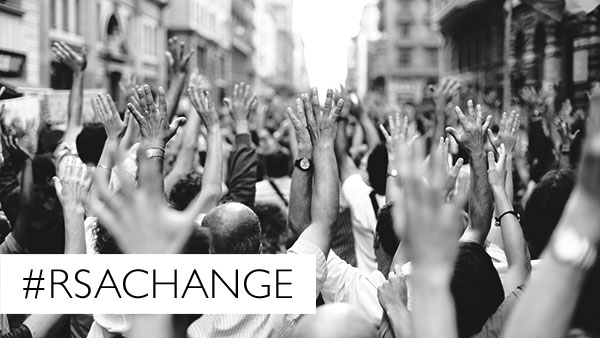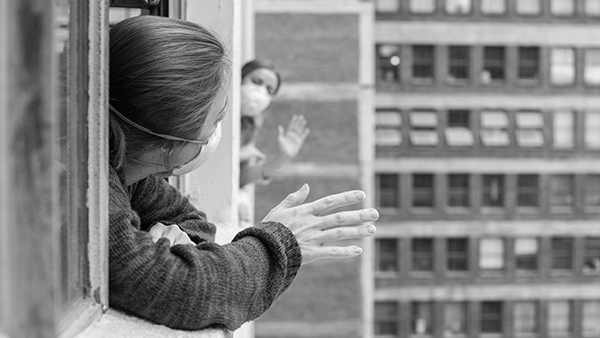The RSA is developing a new approach to ensure its research and innovation have greater impact.
We design at our best in times of uncertainty, urgency and crisis. As the American architect and educator Ann M Pendleton-Jullian puts it: “design for emergence is designing for change in a context or system already in motion.”
Last year gave us all the signals we need to know that now is the time to actively question whether the old normal – designed through habits, values and systems for living, working, making and trading, and how these all intersect with one another – is healthy and sustainable for the long term.
The Living Change Approach
This is what we mean at the RSA when we talk about Living Change, which is being applied to all our programmes; this includes our work on cities and sustainability. The approach challenges us to think like a system as we strive to understand and define the challenges we are experiencing (the ‘what is’), and to act like an entrepreneur as we innovate and experiment with interventions that shape inclusive, equitable and sustainable futures (the ‘what if’). We need to see the whole system as a complex web of interconnected social events, trends, structures, models and players.
We need to approach change in a way that also allows us to experiment entrepreneurially
Living Change for all
The Living Change Approach is for everyone who is passionate about making social change happen.
The RSA has been at the forefront of societal change for over 250 years – our proven Living Change Approach, and global network of 30,000 problem-solvers enables us to unite people and ideas to understand the challenges of our time and realise lasting change.
Make change happen. Find out more about our approach. #RSAchange
Related articles
-
If Covid-19 provides an opportunity to reset we should seize it
Blog
Matthew Taylor
The tools behind the RSA’s Living Change Approach are powerful, adaptable and accessible. Shall I go on?
-
See the future. Act now
Blog
Anthony Painter
A return to the past seems implausible. Exhausted as we are, a dash to the future seems unlikely. Nonetheless, however weary, we cannot stay rooted to this moment.
-




Be the first to write a comment
Comments
Please login to post a comment or reply
Don't have an account? Click here to register.